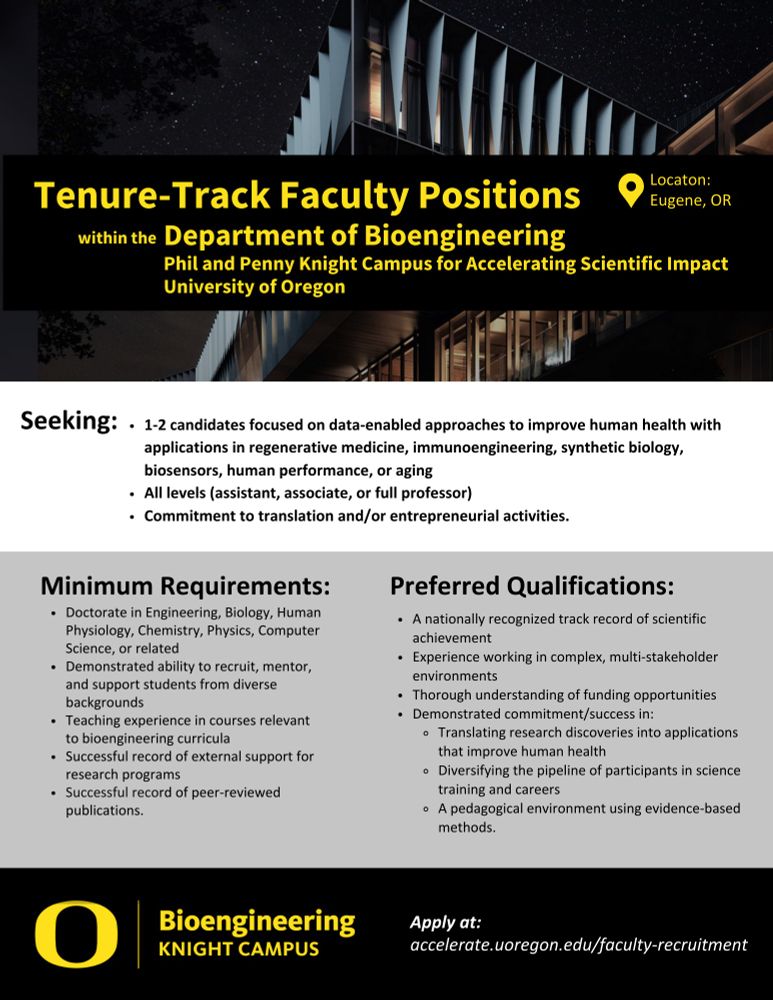

careers.uoregon.edu/en-us/job/53... ...1/n


careers.uoregon.edu/en-us/job/53... ...1/n










@pacbio.bsky.social Revio instrument! Perfect for amplicons too long for Illumina, and with Kinnex, you can get >10x more data. Great pricing, no queue, try it: gc3f.uoregon.edu/pacbio-seque...



@pacbio.bsky.social Revio instrument! Perfect for amplicons too long for Illumina, and with Kinnex, you can get >10x more data. Great pricing, no queue, try it: gc3f.uoregon.edu/pacbio-seque...














